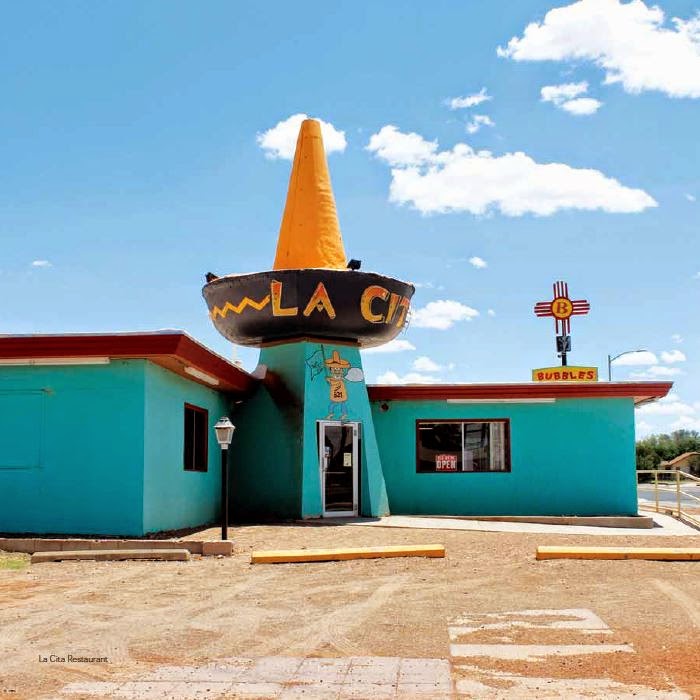From Route 66 memorabilia to dinosaurs to larger-than-life size murals, Tucumcari offers something for everyone! Don’t miss the Mesalands Community College Dinosaur Museum, a first-class museum housing the world’s largest collection of spectacular full-scale bronze dinosaur skeletons cast at our local foundry. To know the history of Tucumcari and Route 66, stop by the Tucumcari Historical Museum with its story-telling like exhibits. NM Route 66 Museum located in the Convention Center with nostalgic memorabilia from the Mother Road, Route 66. Get your picture taken in front of the Route 66 Roadside Attraction at the Convention Center or the world’s largest mural devoted to Route 66 in the United States. Tour the town during the day to see the other wonderful murals located all over the city and at night to see those famous Route 66 Neon signs. Take a trip to nearby Ute Lake or Conchas Lake State Parks and go picnicking, hiking, boating, water skiing, scuba diving, swimming, sailing, wind surfing and fishing for bass, walleye, catfish, perch and crappie. Travel along the numerous Scenic Byways to see the unique landscape and a variety of wildlife, including herds of antelope and deer, flocks of wild turkey, geese, and other rare birds. History: Preserving the past. Planning for the future. Diverse cultures have lived and flourished in the Tucumcari area for ages. Traces of the oldest civilizations in North America, dating back 10,000 years, have been found throughout the Tucumcari region. Along the shores of what was once an inland sea, prehistoric hunters stalked mastodons and mammoths. Dinosaurs flourished and left their tracks behind. In the 13th century, Anasazi Indians grew squash, beans and corn along the region’s many waterways. Pottery and other artifacts show that the area was a thriving center of ancient trade. By 1700, Apaches, Comanches and other nomadic tribes roamed the land. Tucumcari Mountain provided an excellent vantage for hunting buffalo and antelope. The name Tucumcari is derived from the Comanche word, “tukanukaru,” meaning “to lie in wait for something to approach.” By the mid-19th century, the flat-topped peak served as a lookout for Comanche raiders preying on cowboys driving cattle along the Chisolm and Comanchero Trails. The town of Tucumcari itself got its start in 1901 as a tent city known first as “Ragtown” and later as “Six Shooter Siding” along the Chicago, Rock Island and Union Pacific Railroad. When the railroad turned the camp into a division point in 1908, the settlement was renamed Tucumcari after the nearby mountain. By 1910, Tucumcari was a major railroad center - complete with roundhouse, depot, and water tower. Not to mention more than 60 thriving businesses. Some of the first businesses to open in 1902 were the Barnes and Rankin furniture store, the A. B. Simpson hardware, A. A. Blankenship’s livery barn, a hotel, and of course the Monarch Saloon. A boarding house operated by Mr. and Mrs. Turner was located at First and Turner. Other businesses were the Pioneer Bakery, Arcade Restaurant, Waldorf-Astoria Hotel with rooms for $2 a day, the Owl Saloon, Weldon and Young Real Estate and Investments, Jackson and Foxworth Lumber Company, and the Exchange Bank. Then there was the Gross Kelly Company of Las Vegas, offering general merchandise, and M. B. Goldenberg’s Mercantile Company. Max Goldenberg’s home was the first permanent home built in Tucumcari, and contained the post office. The birth of Route 66 in 1926 brought new travelers to Tucumcari by the carload. Wagon yards, livery stables, and blacksmith shops were soon replaced with gas stations, motor courts, gift shops and cafes. Today, Tucumcari’s proximity to I-40 continues to attract travelers from all over the country. As the town of Tucumcari continues to evolve, its people remain committed to preserving its rich history while expanding viable economic growth that will sustain future generations.







